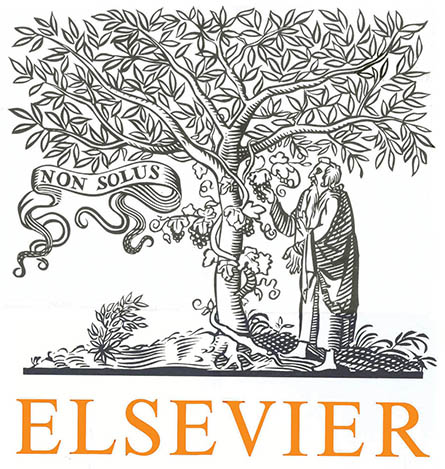Summary
Introduction
Modern techniques of computer-aided design and tridimensional prototyping for manufacturing silicone elastomer custom implants are growing. They have widely modified the surgical indications in our unit.
Materials and methods
By presenting their experience of 611 cases managed between 1993 and 2016, the authors describe the method of conception from CT-scans, the virtual image of the body and the manufacture of the custom-made implant perfectly adapted to the anatomy of each one. The operative techniques are described for the three main indications: the Pectus Excavatum (Petto escavato) (474 cases) according to a modified CHIN classification is corrected simply and very satisfactorily. This approach may render thoracic surgery techniques obsolete. Indeed, these operations remain risky and of doubtful functional utility; Poland syndrome (116 cases), where the use of a custom-made implant for compensation of muscle volume is frequently used, but can be improved by a transfer of adipose tissue or a classic breast implant; the leg atrophies (21 cases) receive custom elastomer implants introduced in a sub-fascial plane.
Results
The results are excellent for pectus excavatum but more difficult to optimize for the other two indications, requiring sometimes complementary techniques. Complications are rare and often benign, implants endure for life. Quality of life, psychological comfort and self-esteem have been improved with low morbidity and without having undergone a painful surgical experience.
Conclusion
Reconstructive procedures of congenital malformations by custom-made silicone implants open a new field of activity for our surgical specialty with vast opportunities.
Keywords
- Custom-made implant;
- Silicone;
- Computer-aided design;
- Congenital malformations


